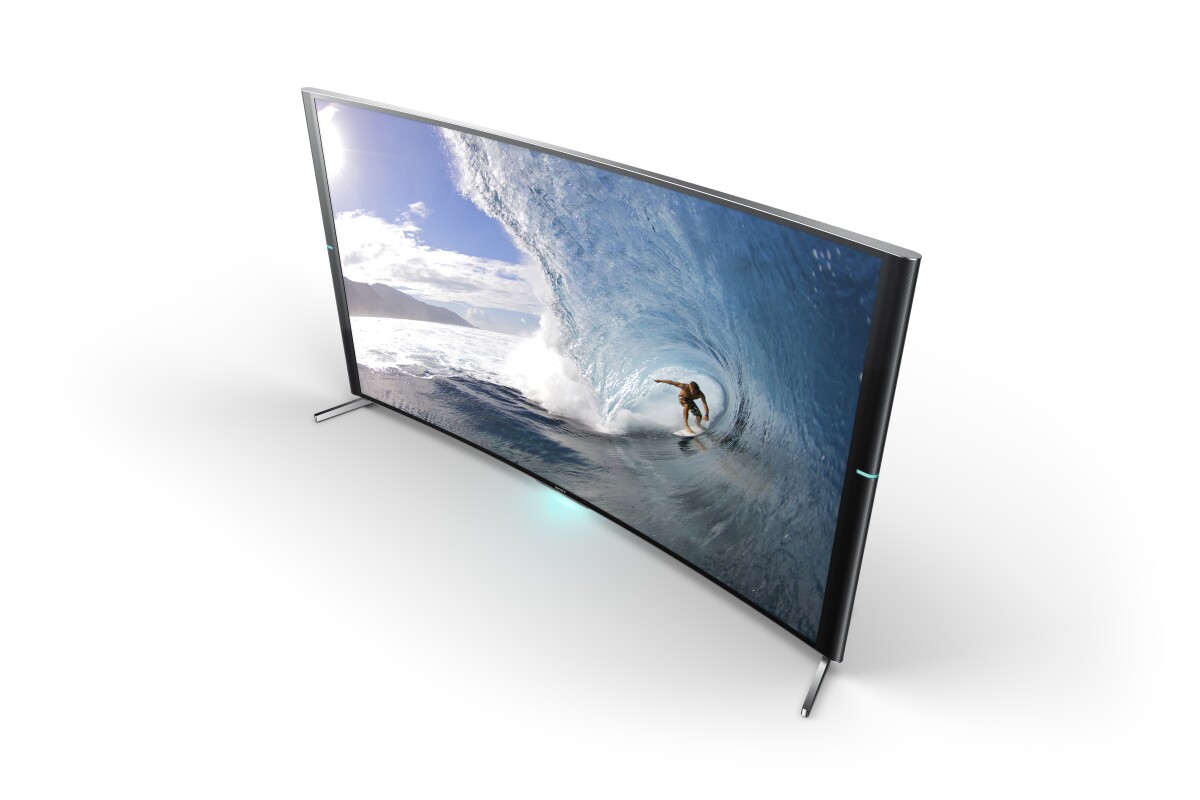Given the frequent displays of one-upmanship from LG and Samsung over the last few years, you'd be forgiven for thinking that they were the only companies to manufacture UHD televisions. Of course other players like Sharp, Panasonic and Sony have all been knocking out 3,840 x 2,160 resolution TVs for at least as long as LG and Samsung, some even longer. Sony Europe has today announced that it's joining the curved 4K TV sparring ring with the launch of its Bravia S90.
The Sony Bravia S90 UHD television will be available in 65- and 75-in models, with a "precisely-calculated curve" that looks to be somewhat less pronounced than the curve on the gargantuan examples from LG and Samsung. Nevertheless, Sony Europe says that viewers can look forward to "spectacularly immersive, natural-looking 4K pictures" at four times the resolution of Full HD TVs.
As you might expect, both S90 flavors are packed with Sony display and audio technologies. You'll find its Triluminos Display for more vivid reds, greens and blues than on conventional white LED screens, X-tended Dynamic Range that automatically adjusts display brightness and contrast and the X-Reality Pro picture engine, which upscales regular TV broadcasts and Blu-ray movie entertainment to up to four times as many pixels as High Definition. And both models come with two pairs of active 3D glasses for stereoscopic viewing.
The TVs come with a built-in 4.2 channel Multi-angle Live Speaker system that uses separate drive units to mimic immersive surround sound. Two woofers have also been incorporated inside the curvy TV for some extra low end thunder, and viewers also have the option to link up an optional wireless sub. ClearAudio+ Discrete Processing has been included too, to keep the original multi-channel mix intact. There's also an integrated webcam and microphone for big screen video chats.
Unfortunately, Sony Europe is keeping tight-lipped on pricing and availability at the moment, and it's not known when (or even if) the new TVs will be shipped Stateside.
Source: Sony Europe









